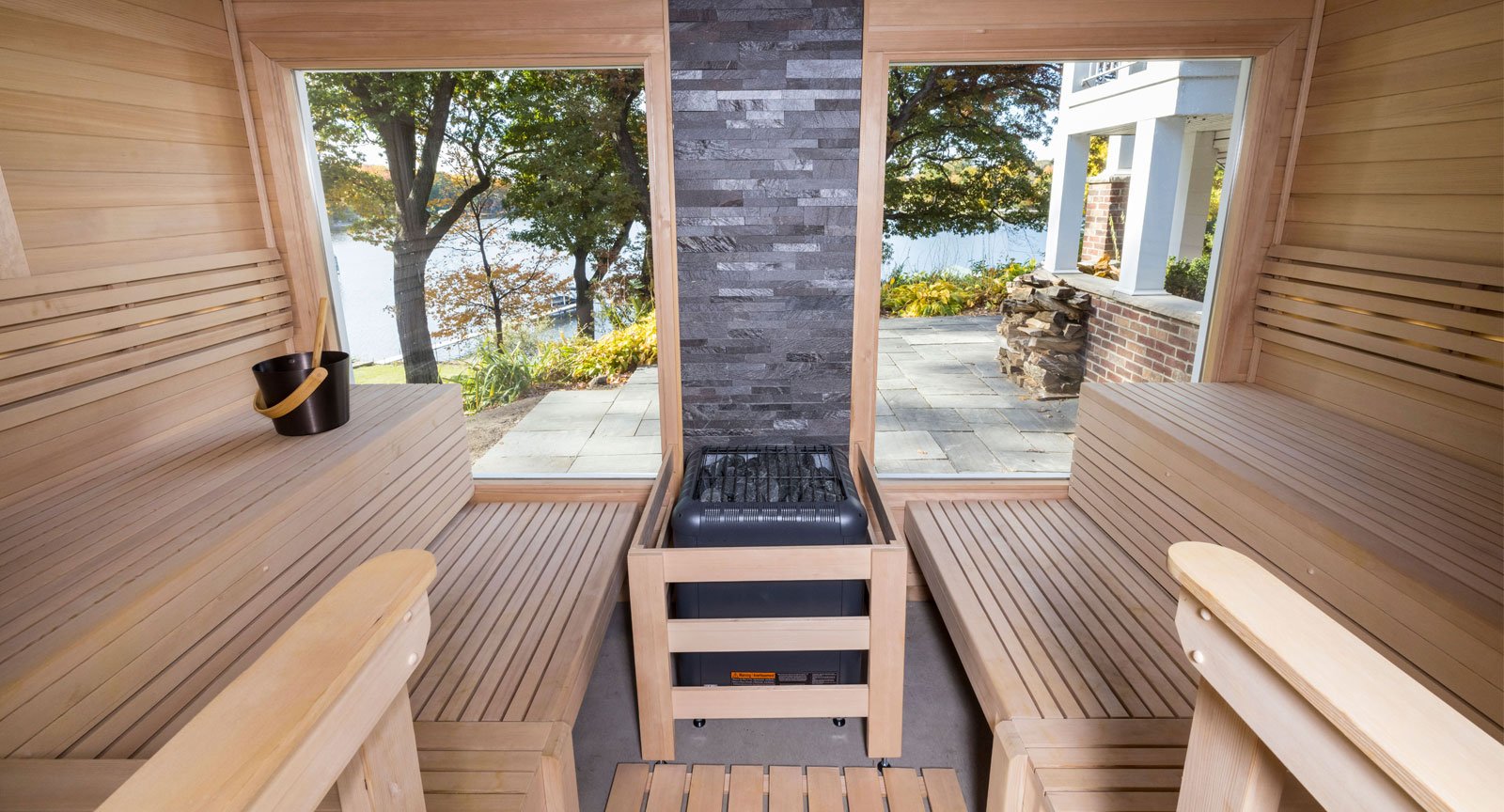Traditional Sauna Fundamentals Explained
Traditional Sauna Fundamentals Explained
Blog Article
The Greatest Guide To Traditional Sauna
Table of Contents4 Simple Techniques For Traditional SaunaThe Definitive Guide for Traditional SaunaWhat Does Traditional Sauna Mean?The Best Guide To Traditional SaunaLittle Known Facts About Traditional Sauna.
Most of the weight lost in a sauna is water loss and is re-gained upon rehydrating. Nonetheless, undeniably sauna can be a vital part of a healthy and balanced fat burning program. To check out the differences in between traditional and IR saunas, I will certainly divide these into proven, theoretical, and made differences.Thus, the best point in the saunawhich goes to the ceiling directly over the sauna heateris typically between 185 and 190 F. Claims that a standard sauna exceeds 200 F is merely not true and not applicable for electrical saunas marketed in the United States. The temperature for a far-infrared sauna is generally set in between 120 and 140 F; nevertheless, unlike the conventional sauna, the objective in and IR space is not to achieve a heat.
Because of this, the temperature level difference is nearly pointless, given that extreme sweating leads to both sauna kinds, but the technique of heating the body is different. In an IR sauna the bather will certainly feel hot and will sweat a lot, yet at a lot reduced temperatures (Traditional Sauna). Hence, if the goal is to invest longer durations of time in the sauna, the IR sauna is an excellent choice
When a traditional sauna has actually been properly warmed, the sauna wall surfaces are cozy, the air temperature has actually attained set temperature and the rocks are incredibly heated. As a fascinating side note, the warmed walls and the rocks are giving off far-infrared warmth, combined with the heated air, to produce an "enveloping warmth".
The Definitive Guide for Traditional Sauna

When the heat is achieved, the aspects cycle on and off to maintain the heat. The majority of conventional sauna users enjoy pouring water over the rocks to create heavy steam to raise sauna moisture degrees. The advantages of putting water over the rocks include: making the area extra comfortable, dampening the nasal passages, and allowing the usage of aromatherapy by mixing vital oils with the water.

When the power enters the body, it triggers the body temperature to raise and eventually leads to sweat. In an infrared sauna it is essential for the emitters/heaters to stay on almost regularly. Considering that there over here is no mass of rocks to maintain warm, the sauna will cool down if the emitters closed off.
As mentioned over, the sauna bather in an infrared room intends to position himself before running emitters to get optimal take advantage of the heat. The home heating time for the 2 spaces can be extremely various, depending on exactly how the areas are made use of. For a typical sauna, a bather needs to allow 30-40 minutes for the room to accomplish a desired temperature level and to effectively pre-heat the rocks.
6 Easy Facts About Traditional Sauna Shown
A well created sauna will typically achieve a temperature level of 150-160 F in about 30-40 mins. For hotter temperatures, the space might need to warm for a longer duration. Once the area achieves set temperature, the heating system will cycle on and off, commonly operating about 50% of the moment. The shielded wall surfaces and the heated rocks will keep the area hot and at stable temperatures.

Standard saunas tend to be larger (thus utilize more electrical energy) than infrared saunas, although standard saunas are absolutely readily available in one and 2 individual sizes. For a two-person typical sauna, 5x6 or 5x7 dimension is most prominent. The top bench can easily seat 2 or 3 individuals and is also long enough to exist down during the sauna session.
Excitement About Traditional Sauna
The average price per kWH of electrical power in the U.S. is around $0.11, so a 4.5 kW heater will cost approximately $.50 to run for one hour, if the heater runs constantly for one hour. Typically a sauna heating system will compete 75% of the initial hour and 50% of subsequent hours on considering that the components cycle once the set temperature is accomplished.

Finally, there is a hardly ever gone over difference in the social experience in between both areas. While our society has actually lost some of the social advantage of the traditional sauna experience, it can be extremely socially satisfying (Traditional Sauna). From household time in the sauna, to heart-felt conversations with better halves, to sauna partiesthe conventional sauna experience can cause intimate interacting socially
What Does Traditional Sauna Mean?
The majority of higher end infrared spaces include colored light treatment, noise systems and full-glass fronts.
Report this page